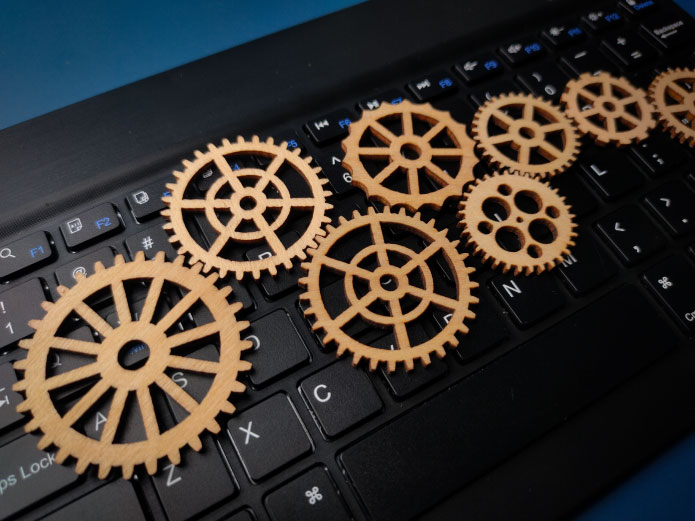Automation and RPA (Robotic Process Automation) continue to transform companies around the world, being fundamental pillars in the digital revolution. By 2025, it is expected that these technologies will advance even further, driven by innovations in artificial intelligence (AI), system integration and demand for operational efficiency
The advanced integration between RPA and generative AIis consolidating as one of the most significant advances. Robots will not only perform repetitive tasks, but they will also learn to deal with more complex situations, adapting in real time. This will include the ability to generate content, interpret texts and offer solutions based on contextual analyses, expanding the range of applications of automation
Ahyperautomation, what combines RPA, AI, machine learning (ML) and data analysis tools, will continue to be a growing trend. Companies will seek to automate not only isolated tasks, but end-to-end whole processes. This includes everything from data collection and organization to decision-making based on insights, promoting efficiency and cost reduction
Democratization of automationthrough "low-code" and "no-code" tools, that will allow professionals without advanced technical knowledge to create and implement automated solutions. This democratization will enable small and medium-sized enterprises to adopt automation in their processes, reducing entry barriers and accelerating digital transformation in different sectors
The riseadoption of cloud solutionswill also influence the automation market. Cloud-based RPA platforms will allow for greater scalability, flexibility and cost-effectiveness. Companies will be able to implement and manage robots remotely, integrating systems from different locations with agility and security
Asustainabilitywill be an increasingly relevant factor in the adoption of automation technologies. Companies will seek to reduce resource consumption and optimize processes to minimize environmental impacts. RPA solutions will be developed to promote energy efficiency, monitoring of emissions and management of sustainable resources
With the increase in automation and data collection, acybersecurity and governancethey will be critical areas. Companies will invest in RPA solutions that integrate robust data protection mechanisms, as well as in tools that ensure compliance with regulations, how GDPR and LGPD
Collaborative robots, or "cobots", that work side by side with humans, will be more used. These robots will be programmed to interact with employees safely and efficiently, increasing productivity and optimizing tasks that require a combination of human skill and automation
Expansion into emerging sectors, how health, education and agriculture will see greater adoption of RPA. In health, for example, robots will be used to manage patient records, schedule appointments and process insurance more efficiently. In agriculture, will it be possible to integrate automation to monitor harvests and optimize resource use
The automation and RPA market for 2025 promises significant advancements, redefining how companies operate and interact with technology. Trends point to smarter automation, accessible and sustainable, with a focus on integration, safety and positive impact on the environment. Companies that embrace these innovations will be better positioned to thrive in an increasingly automated world
The acceleration of these trends also reinforces the importance of a collaborative approach among multidisciplinary teams, ensuring that the implementation of solutions is aligned with the strategic objectives of organizations. Furthermore, the impact of automation is not limited to productivity, but also influences the way professionals relate to work, paving the way for new skills and roles more focused on strategies and innovations


